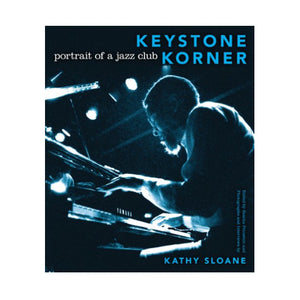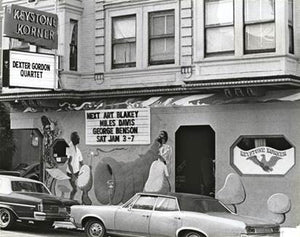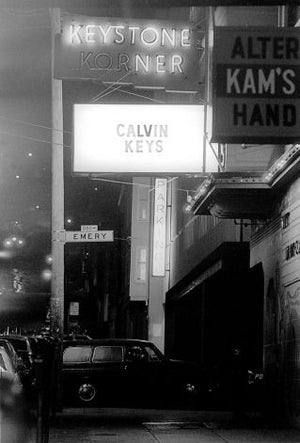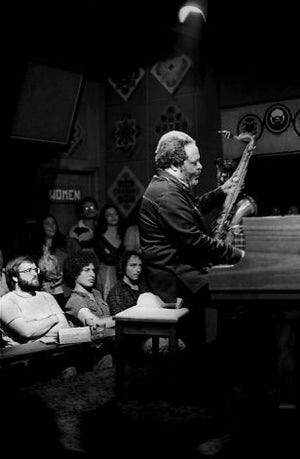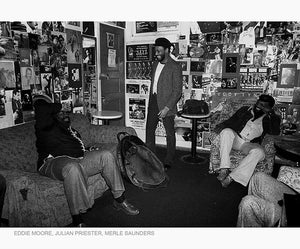FREE STANDARD SHIPPING IN CONTINENTAL U.S.FOR PURCHASE MORE THAN $75
- Home
-
Shop Collections
-
SIP, SAVOR & ENJOY!
-
YUMMY THINGS & TASTY STUFF
- THE GARDEN SHOP
- RELAX, RESTORE, BE PRESENT, BE WELL
- WRAP UP!
-
JEWELRY
- IMAGINE, LEARN, CREATE & PLAY!
- GOTTA HAVE ART! - HANDCRAFTED ART, PHOTOGRAPHY, MUSIC
- BE INSPIRED, HELP OTHERS & BE THE CHANGE!
- COOL BOOKS FOR YOUNG READERS
- LOVE OUR ANIMAL COMPANIONS!
-
- The Garden Shop
- Book Shop
- Blog
- Our Story
- Contact Us / Policies / FAQs
- Home
- Shop Collections
- The Garden Shop
- Book Shop
- Blog
- Our Story
- Contact Us / Policies / FAQs






